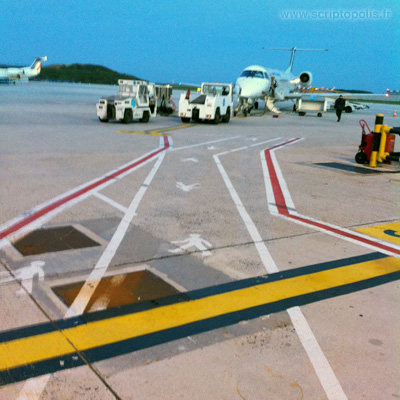Alignments
Some sociologists showed a great interest in the ways day-to-day work is accomplished, notably insisting on its collective nature. But not as a result of their analysis (they were sociologists, they already knew everything is collective), but as one of the mysteries they should explore. How the hell does collective work occur? Actually, asking such a question, they were working on a traditional issue since Durkheim. But, contrary to a lot of their colleagues who would take for granted the division of work, they showed that status, roles, rules are not sufficient to understand what happens in the workplace. Above all, such things are not floating in the air, giving shape to an invisible structure. They are neither stabilized, deeply inscribed within each person. Conversely, they showed that social order, which is crucial to collective work, is perpetually negotiated. Everyday, constantly, rules are discussed, roles are arranged, this is the only way for things to get done. People do not know exactly in advance what they have to do next, what others are into. Some people take an important part in this complex process, managing to articulate some of the work of others, shaping in situation the collectiveness of work, endeavoring to make someone wait a minute before another task gets done, prioritizing and aligning lines of work.
The most known of that kind of studies took place in hospitals where the collective nature of work is all the more delicate to achieve because of the great uncertainty of patients condition. Airports are great places for articulation too. And if you look carefully not only at people but at artifacts and writings, you will find there a complementary answer at the question ‘where does collective work stands?’ Besides talks and bodies, workplaces display texts and signs that perform marks for articulation, inscribing rules and roles in few lines and colors on the bare ground. For an observer, such marks reveal some of the heterogeneous crowd that needs to coordinate for the work to be done. For workers they simply put before the gaze some stability, which will be, inevitably, discussed, arranged, negotiated on location.







